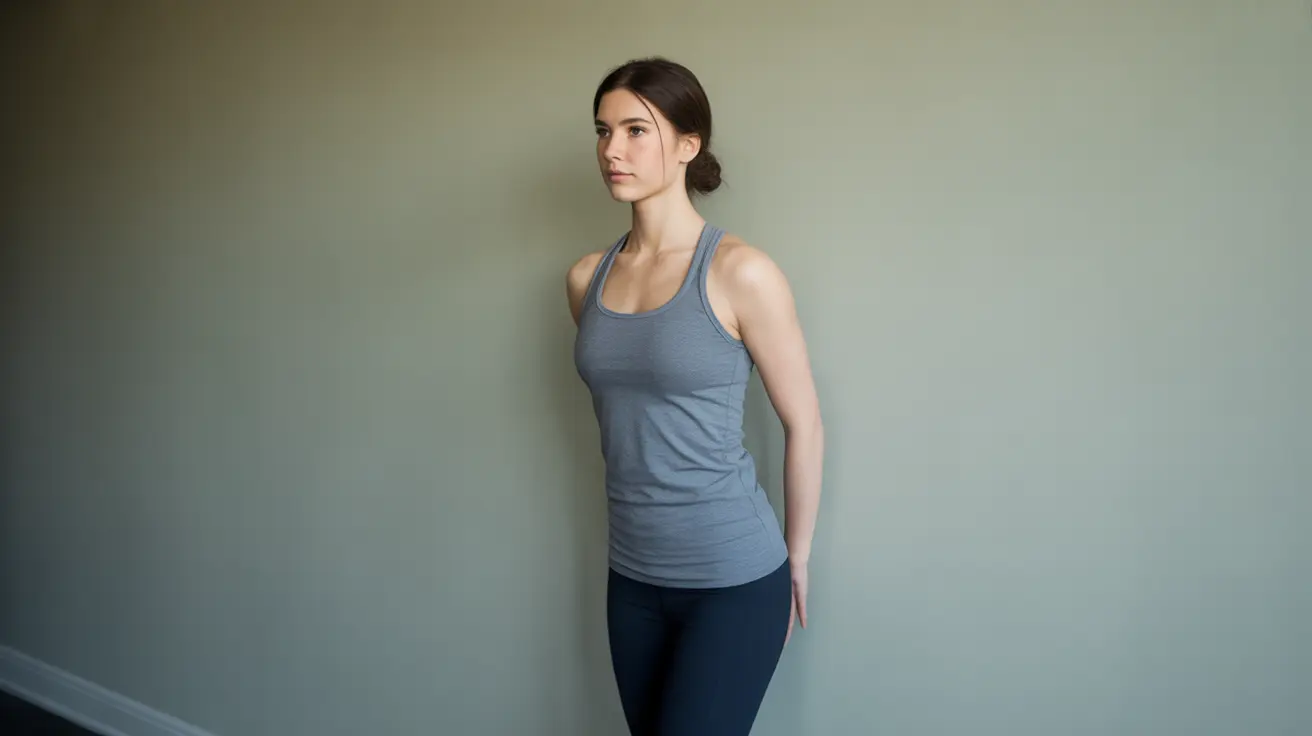Maintaining good posture is crucial for overall health, comfort, and well-being. Whether you spend long hours at a desk or struggle with chronic back pain, incorporating targeted posture exercises into your daily routine can make a significant difference in how you feel and move.
In this comprehensive guide, we'll explore effective exercises and techniques to improve your posture, reduce discomfort, and enhance your body awareness for lasting results.
Understanding the Importance of Posture Training
Good posture isn't just about standing up straight—it's about training your body to maintain proper alignment during all activities. When you practice posture exercises regularly, you strengthen the muscles that support your spine, reduce strain on your joints, and prevent common issues like neck and back pain.
Foundation Exercises for Better Posture
Wall Alignment Exercise
Start with this fundamental exercise to understand proper alignment:
- Stand with your back against a wall
- Keep your heels about 2-3 inches from the wall
- Ensure your head, shoulders, and buttocks touch the wall
- Maintain a natural curve in your lower back
- Hold this position for 30-60 seconds
- Repeat 3-5 times daily
Core Strengthening Moves
A strong core is essential for maintaining good posture throughout the day. Focus on these exercises:
- Planks (hold for 20-30 seconds)
- Bird dog poses (10-12 repetitions per side)
- Dead bug exercise (12-15 repetitions)
- Modified bridges (15-20 repetitions)
Yoga and Stretching for Posture Improvement
Incorporating yoga poses into your routine can significantly enhance your posture and flexibility. Key poses include:
- Cat-Cow stretches
- Downward Dog
- Child's Pose
- Mountain Pose
- Cobra Pose
Daily Habits for Better Posture
Success in improving your posture requires consistent attention throughout the day. Implement these habits:
- Set posture check reminders on your phone
- Use ergonomic equipment at your workstation
- Take regular movement breaks
- Practice mindful sitting and standing
- Keep your shoulders relaxed and down
Advanced Posture Training Techniques
Dynamic Movement Exercises
Once you've mastered the basics, incorporate these dynamic exercises:
- Shoulder blade squeezes
- Standing thoracic rotation
- Wall slides
- Resistance band pull-aparts
Frequently Asked Questions
What are the best exercises to improve posture and reduce back pain?
The most effective exercises include wall alignments, planks, bird dog poses, and shoulder blade squeezes. These exercises strengthen core muscles and promote proper spine alignment while reducing back pain. Consistency with these exercises is key for optimal results.
How can yoga and stretching help correct poor posture over time?
Yoga and stretching improve flexibility, body awareness, and muscle balance. Regular practice helps release tension in tight muscles while strengthening weak ones, leading to better natural alignment. Poses like Cat-Cow and Mountain Pose are particularly beneficial for posture correction.
What daily habits support maintaining good posture throughout the day?
Key habits include regular posture checks, using ergonomic furniture, taking frequent movement breaks, and maintaining proper alignment during daily activities. Setting reminders and being mindful of your body position throughout the day helps reinforce good posture habits.
How long should I hold posture exercises like Child's Pose or Wall Angels for maximum benefit?
Most static posture exercises should be held for 20-60 seconds per repetition. For exercises like Child's Pose, aim for 1-2 minutes, while Wall Angels should be performed for 30-45 seconds per set. Perform 3-5 repetitions of each exercise for optimal results.
Can improving posture through exercise help boost confidence and reduce stress?
Yes, better posture can significantly impact both confidence and stress levels. Good posture helps you appear more confident and actually triggers positive hormonal changes in your body. Additionally, proper alignment reduces physical tension, which can help lower overall stress levels.
Remember to approach these exercises gradually and listen to your body. If you experience persistent pain or discomfort, consult with a healthcare professional for personalized guidance.




